We all see the smoke; can we afford to ignore the fire? The climate doomsday clock is ticking!
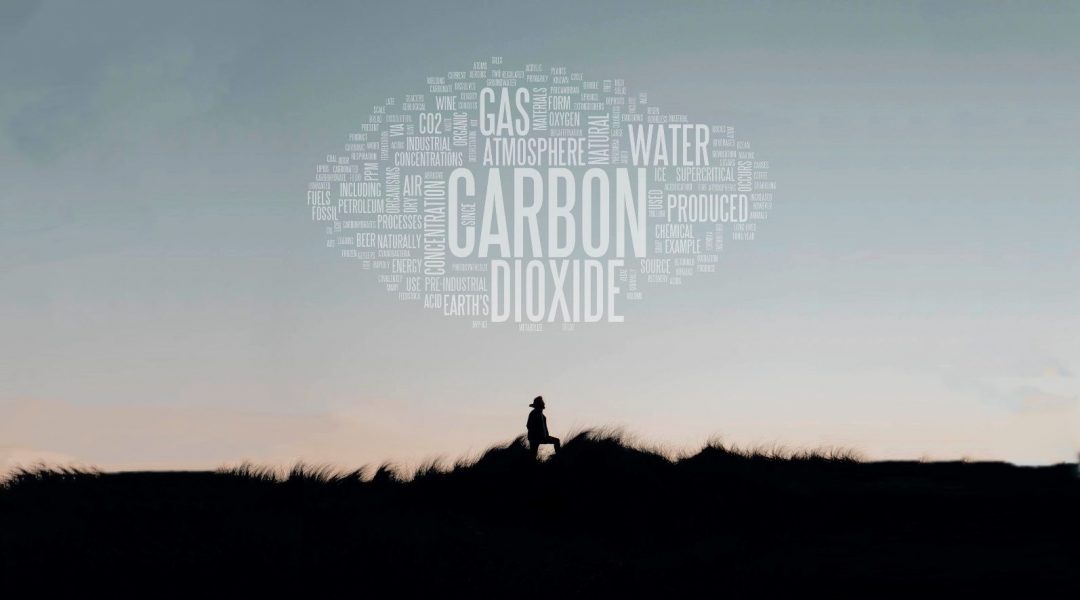

We all see the smoke; can we afford to ignore the fire? The climate doomsday clock is ticking!

Mind the gap: Carbon dioxide corrosion problems in a world of carbon dioxide conversion research. Understanding the surface chemistry and electrochemistry and how they affect the overarching systems.

Imagine a scenario where CO2 greenhouse gas emissions could be used to desalinate briny water. This would be a creative way of killing two birds with one stone, namely helping to ameliorate global-warming-induced climate change and producing high quality water for agriculture and drinking purposes.
If 2°C warming by 2100 is to be prevented, it will become important to adopt strategies that not only avoid CO2 emissions, but also allow for the direct removal of CO2 from the atmosphere.
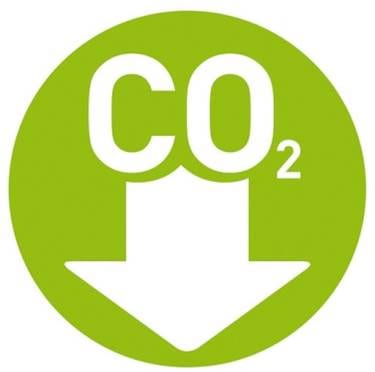
Prof. Elizabeth Biddinger talks about her recent article on copper-based catalysts for carbon dioxide electroreduction, which brings new insights towards the renewable conversion of carbon dioxide, a well-known greenhouse gas, into green fuels and chemicals.
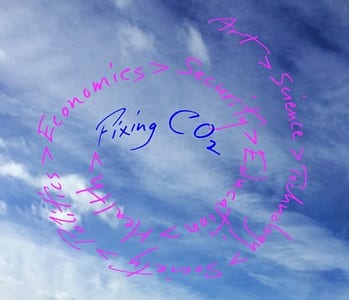
We all love CO2 – let’s do it, let’s fix CO2 fixation!

How can we utilize carbon dioxide to solve the looming climate change problem caused by anthropogenic greenhouse gas emissions?
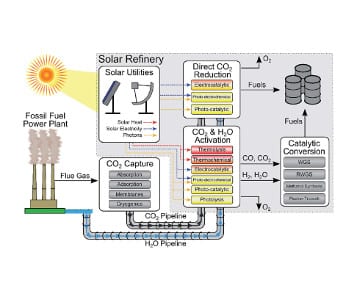
Professor Ozin explores the feasability of a solar refinery for making fuels and chemicals from CO2, H2O and sunlight.
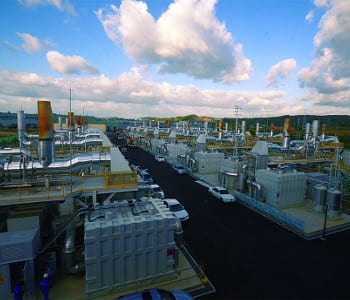
A group of CSIRO researchers provide a broad overview of direct carbon fuel cells.
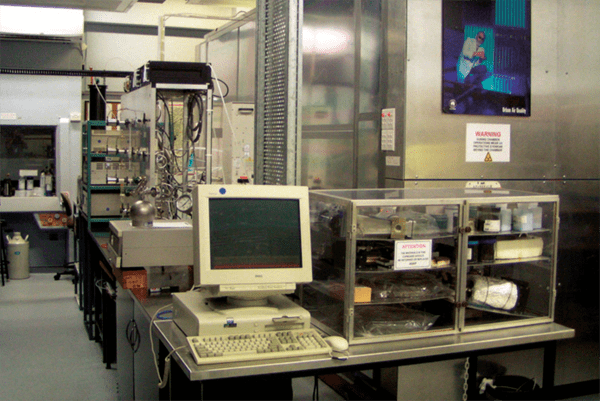
Post-combustion CO2 capture presents a great opportunity to reduce emissions, but some hurdles still exist before widespread deployment can be considered.